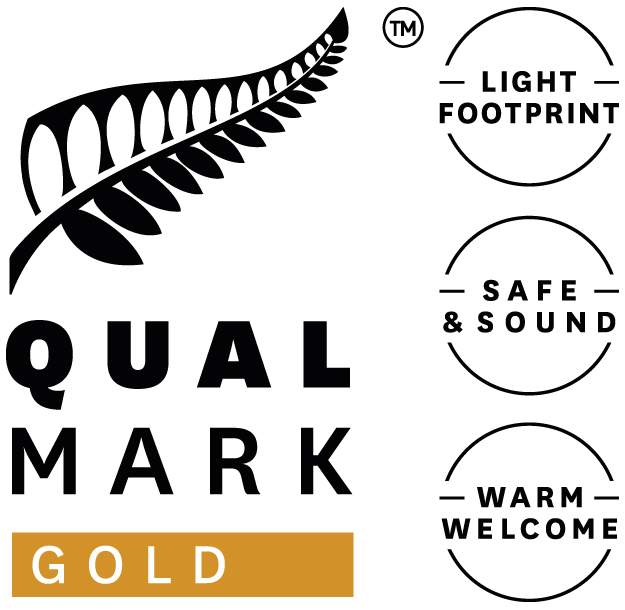Our Vision, Mission & Values
Our vision (tūruapō)
To be the Destination, Experience and Company of Choice
Our mission (whāinga)
To Identify, Develop & Deliver WOW based experiences.
Our values (whanonga pono)
- Manaakitanga (Customer)
- Tino Rangatiratanga (Company)
- Iwi Whanui (Community)
- Kaitiakitanga (Conservation)
- Whakapapa (Culture)
QUALMARK
New Zealand tourism's official mark of quality.
Qualmark works with Tourism New Zealand to help the tourism industry deliver high-quality experiences and maintain a high level of visitor satisfaction.
Whale Watch Kaikoura is proud to be a Qualmark Gold Awarded Visitor Activity
Qualmark Gold Accreditation
A Gold business is a best-in-class sustainable tourism business in New Zealand, delivering exceptional customer experiences, an integral part of everything they do. A Gold Sustainable Tourism Accreditation identifies those businesses leading the way in making the New Zealand tourism industry a world-class sustainable visitor destination.


